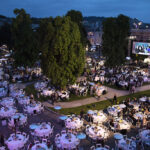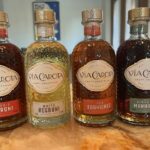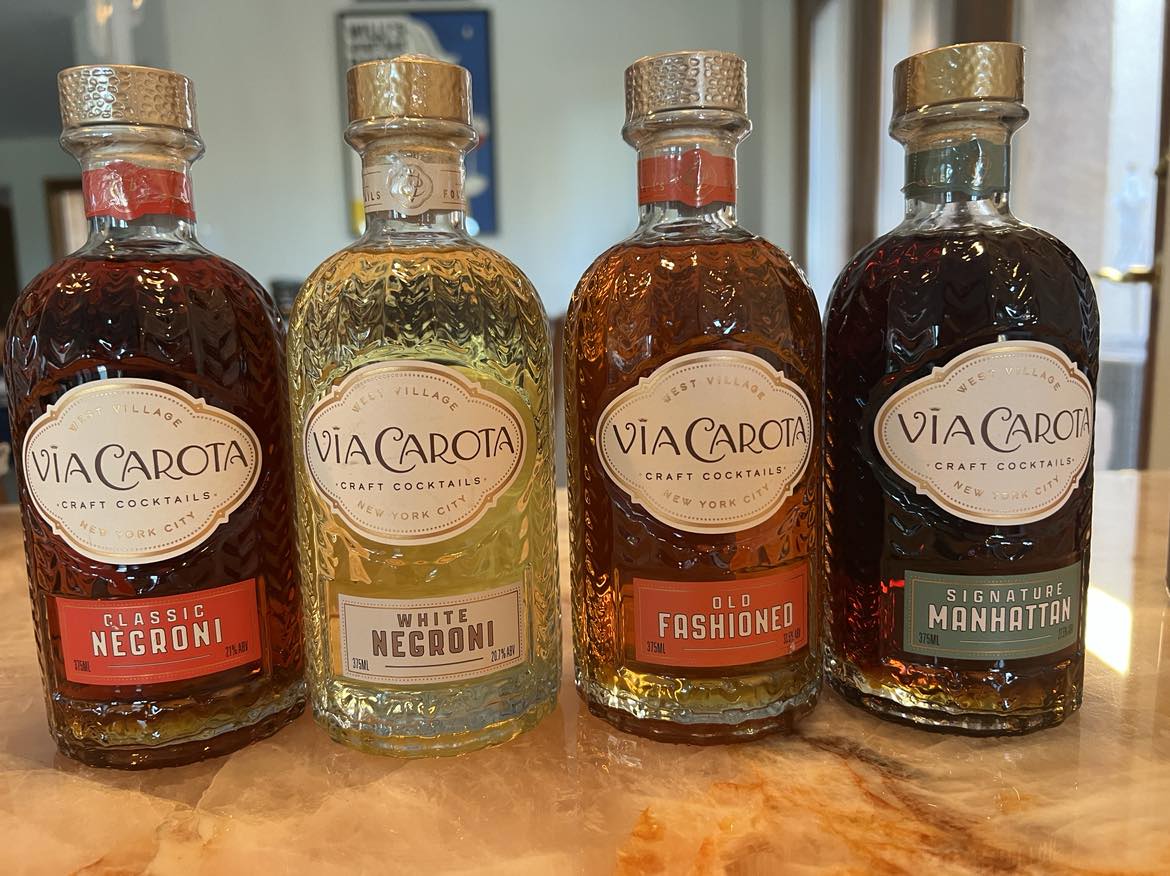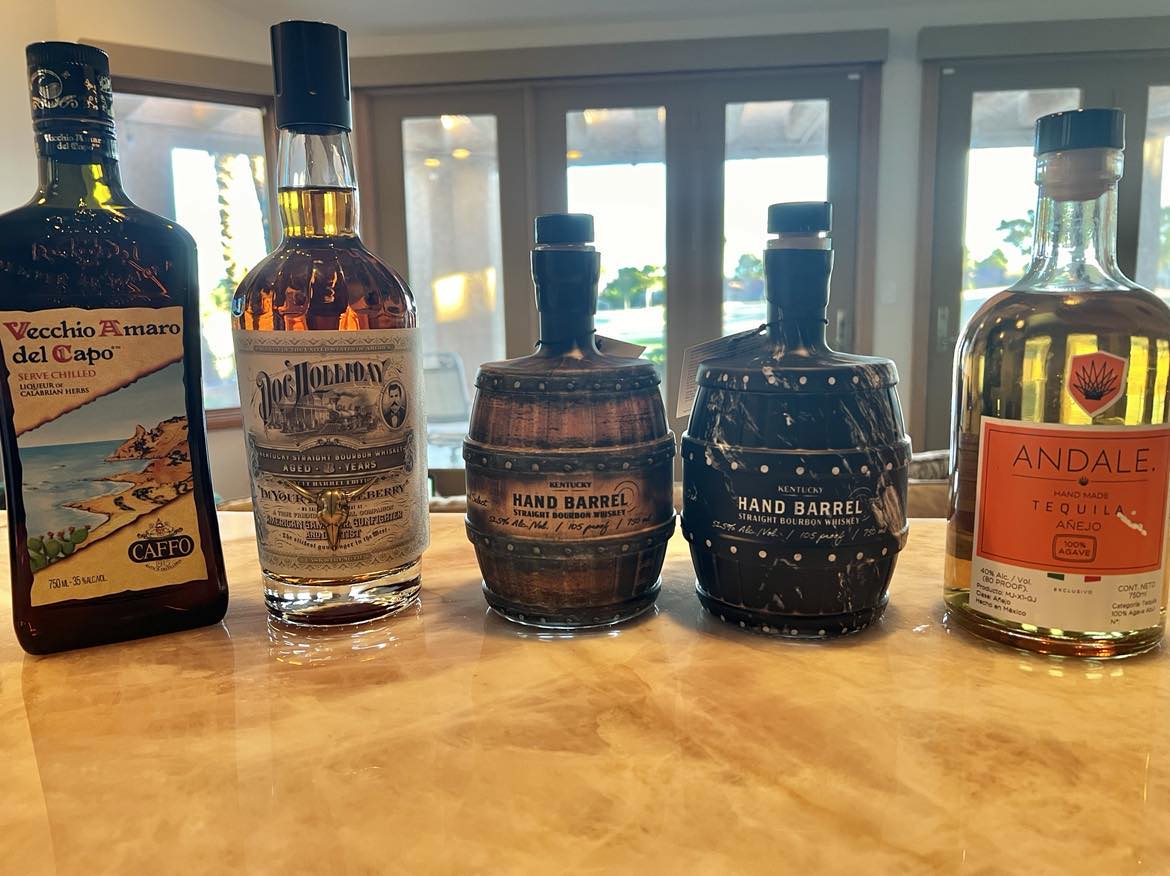Located on the confluence of the Sava and Danube rivers, the city of Belgrade juts out across the the Pannonian Plain and meets the Balkans. Its name in English translates as ‘White City.’ Not only is Belgrade one of the largest cities in East Central Europe, it is a particular favorite of my long-time friend and fellow sommelier, Kalina Novac.
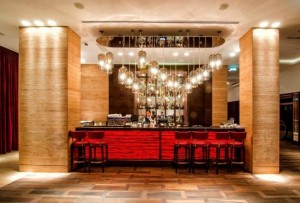 From the opulent surroundings of the Metropol Palace Hotel, Kalina and I settled back and admired our lavish setting. A fashionable mix of style and sophistication, the hotel’s renown lobby bar was the perfect setting for our tasting.
From the opulent surroundings of the Metropol Palace Hotel, Kalina and I settled back and admired our lavish setting. A fashionable mix of style and sophistication, the hotel’s renown lobby bar was the perfect setting for our tasting.
Our table had been set with traditional Serbian delicacies. Kajmak, local cream cheese, fresh tomatoes, roasted meat dishes, and prsuta, dried meat.
“Gregory,” Kalina called for my attention. “I am curious as to how you came to know and love Slivovitz.”
“When I was an undergraduate, I spent a year at the London School of Economics. It was at that time I was first learned to appreciate Serbia’s famed plum brandy.”
“Surely, you jest,” Kalina could not conceal her amusement. You were introduced to Slivovitz by the Brits?”
I cracked a smile. “Actually, it was from some Australian students,” I paused in fond reflection. “We had a weekly poker game and they loved to imbibe in the filthy stuff.”
We both erupted euphorically as Kalina presented me with our first bottle.
“Gregory, I think you need to explain to our readers what exactly is Slivovitz before they get the wrong idea.”
Slivovitz or Slivovitsa is a distilled liqueur made from Damson plums. Throughout the Balkans it is frequently referred to as “plum brandy.” In Hungary and Slovakia it is known as Palenka. It is primarily produced in the Slavic regions of Central and Eastern Europe, both commercially as well as homemade. The primary producers are in Bosnia, Croatia, Serbia, Czech Republic, Slovakia, Poland. Hungary, and Bulgaria.
Slivovitz is the national drink of Serbia and plum is the national fruit. A Serbian meal usually starts or ends with plum products. Typically, Slivovitz is typically 100 proof and is served as an aperitif and served at cellar temperature in a special shot glass called cokanji.
“In Serbia, there is a saying that the best place to build a house is where a plum tree grows best,” Kalina smiled demurely.
“Ziveli, to your health,” I nodded in agreement as I toasted her.
“What amuses you,” Kalina queried.
“Our first selection, Maraska,” I reflected. “This was the first Slivovitz I tried and enjoyed so many years ago.”
Maraska Sljivovica hails from the Zadar region of Serbia. It is a distinctive plum brandy with natural flavors and rich aromas. This is achieved through special fermentation, distillation, and a long term aging process in oak barrels.
“The woods of the Zadar region are quite unique and attribute to Maraska’s distinctive flavor,” Kalina was quick to add. “It is most interesting that you developed a taste for Slivovitz starting with Maraska.”
I cocked a puzzled brow.”Why is that?”
“Maraska can be over powering and a bit on the harsh side. There is also a musky pit bite. Kalina’s eyes crinkled into a smile. “It’s as you Americans say, fire water.”
“Let’s just say it warmed me up on those damp London nights.”
Kalina chuckled under her breath. “Serbs claim it is just the thing to warm your toes on cold wintery nights before going out.”
“I can attest that one definitely feels Slivovitz from head to toe as it warms the entire body,” I joined in Kalina’s merriment.
Our next selection was from the distiller, Navip. This Slivovitz has a distinctive style that is all its own. It is produced from the famous, juice-rich Procegaca Plum and aged 8 years in oak barrels. Recognized for its yellow-gold color, soft round taste, and sweet, fine rich fruit flavors, Navip is the perennial favorite of most Serbs. 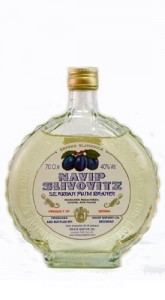
“Most Serbs prefer Navip’s smoother drinking style. They claim that there is just the right amount of fire and depth to Navip,” Kalina added.”
“Serbs also claim that there are no hang overs from Navip,” I clearly displayed my doubt.
“I must admit that Navip was my Slivovitz of choice until I met you,” Kalina nodded her approval. “Gregory, I have never known anyone with such an experimental palate.”
I chuckled lightly. “It’s like I always tell my sister, the worst that could possibly happen is it is just not your palate.”
Our last selection is in my opinion, the finest crafted Slivovitz. 12 year old Stara Sokolova, ‘old falcon,’ is a dark amber in color and slightly reminiscent of cognac. And like fine cognac, this Slivovitz is smoother, rounder, full-bodied and loses none of it’s complexity. They say that there are many secrets to a great brandy. I believe that one is the love that grows between brandy and its oak barrel. As my friend and master distiller, 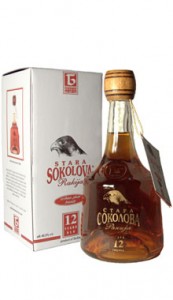 Radisav Bogdanovic, is fond of saying, ‘the longer the love lasts, the better the brandy becomes,’
Radisav Bogdanovic, is fond of saying, ‘the longer the love lasts, the better the brandy becomes,’
“I whole-heartedly agree,” Kalina’s tone was flat and matter of fact. “The Bogdanovic family from the village of Kostojevic, have been producing the finest Slivovitz in the Bajina Basta region for over 2 centuries.”
“I feel like eating something sweet,” I smacked my lips hungrily.
“Belgrade’s pastry shops are notable for their tasty homemade pastries and cakes,” Kalina said assuringly.
“Mammas’ Biscuit House,” we chimed in unison.
By day, Mamma’s is known for it’s delectable pastries. However, by night, its reputation has little to do with sweets and more with fun … “But that my friends is another story …




